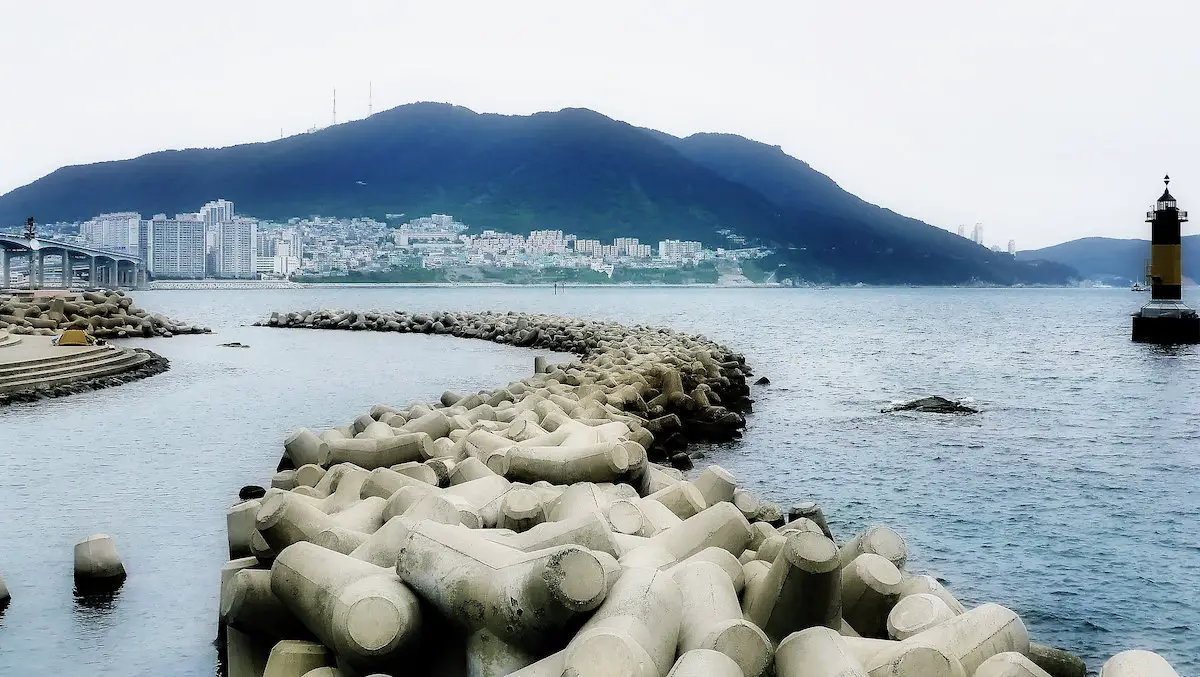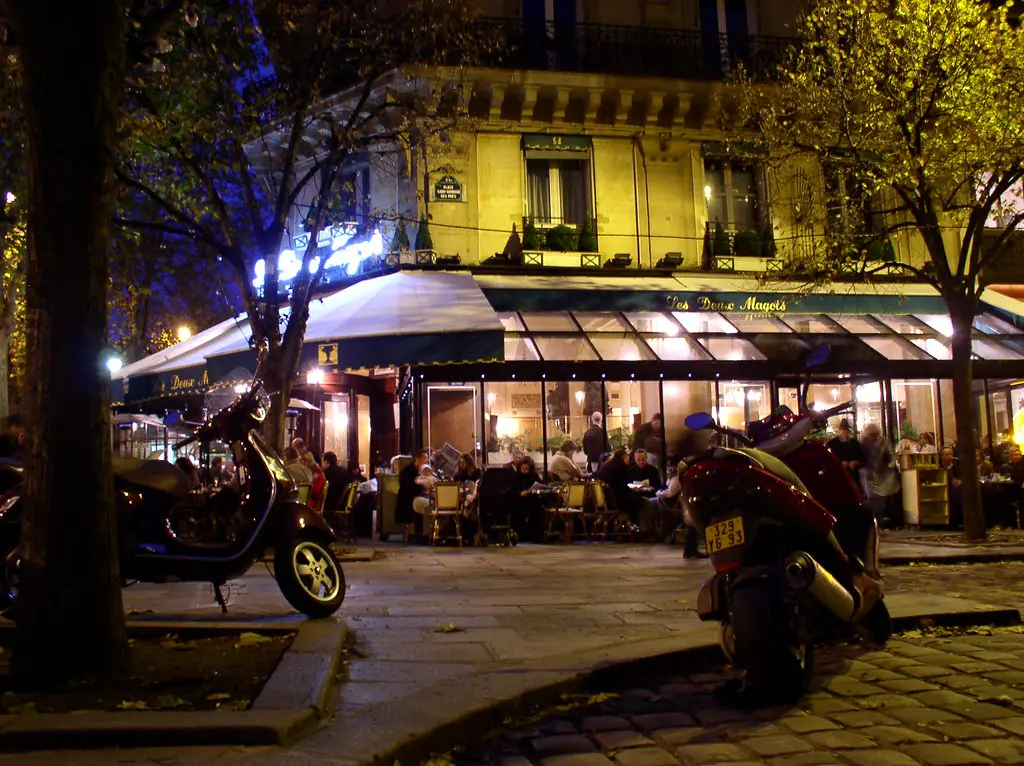When we think of getting from point A to point B, we normally think along the lines of efficiency. Google Maps gives us options, categorizing our choices by route length and estimated time of travel, but nowhere does it say which the most interesting route to take is. Public transport is by and large stuck in the same simplistic mindset of speed and efficiency.In a new e-book called Making Transit Fun! How to Entice Motorists from Their Cars (and onto Their Feet, a Bike, or Bus), urban designer Darrin Nordahl challenges public transport-planners (and takers) to level the playing field with car manufacturers and add joy to our daily commute.
Nordahl rightly notes, “The automobile industry and its associated infrastructure are heavily subsidized, while budgets are routinely cut for public transport. Why? Because people love cars. We love their style and we love what they represent, namely status American culture, and freedom. So, we lobby vigorously to preserve our status, our culture, and those perceived freedoms. Only when transit snares popular affection will people fight for it.”
Nordahl shares numerous playful public transport projects. What if bus stops looked like giant, delectable fruits? Could love seats on a bus add levity to an otherwise dull bus ride? What if instead of boring old bus stop seats we got swings instead? I would love to see any of these options (or more) implemented in and around my city. Just reading about them sets my transit-riding heart aflutter.
Nordahl doesn’t just stay in the realm of fanciful interventions like these. As his book subtitle indicates, he covers the whole range of transport by also focusing on cyclists and pedestrians. One of his most intriguing investigations is how to break the cycling quandary. He suggests that to increase the abysmal percentages of cycling in America (0.6 percent versus 37 percent in Copenhagen), perhaps we should look to the needs of the fairer sex for safety and practicality.
He suggested something I would love to see more of in the city – a dedicated cycleway with a physical barrier. He argues, having the security of an actual barrier allows all cyclists to really enjoy the experience of riding without worrying about zooming cars endangering them. Nordahl confidently dissects problem areas and suggests strategies that one could use to answer those problems.
In the last chapter, Nordahl answers the all-important money question. Can public transport actually afford to add in an element of fun? “Contrary to what our gut tells us, good design—the kind that provides utility and delight—can be affordable. The issue here is not about spending more, but spending smarter. Sure, designing for the human experience will indeed be an extra and likely expensive cost if it is an afterthought…but when we design our sidewalks, bike lanes and transportation circulators with the concern for human experience at the forefront joy is surprisingly cheap,” writes Nordahl. Convincingly, he cites a study from a Political Economy Research Institute that found at for every $1 million spent on pedestrian and bike projects, 14 jobs are created versus the seven jobs in road construction. In the long run, great transit costs less, affect our environment less and provide more jobs. That’s one big win for transit, if only they can seduce us to their side.
If you find yourself wondering what fun public transport could look like, Nordahl is a great place to spark some ideas. It’s a quick two-hour read full of well-researched examples and compelling arguments on the power of fun to affect our transportation experience.
Carren Jao is an art, architecture and design writer based in Manila and Los Angeles. Her work has been spotted on Core77, Dwell, Surface Asia and Fast Co.Design. You can find her online and on Twitter.
Photo: Mark Dodds


